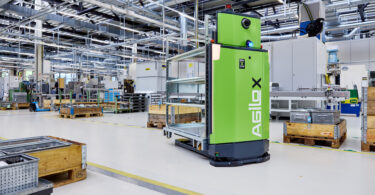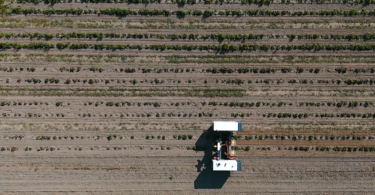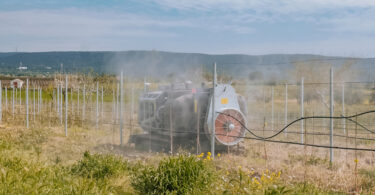Part 2- All about Traceability
The concepts of “track and trace” and “traceability” are two separate, yet complementary strategies used in manufacturing and logistics. While they both ensure products are safe and easy to find, they serve different purposes and bring different benefits to the industry.
In this blog series, we’re breaking down the differences are between these two concepts. And we’ll dive into what types of sensors can help improve visibility in your operations, as well as increase productivity and throughput. This post is all about traceability.
What is Traceability?
Traceability in manufacturing and logistics is used to trace a product or material back to its source. This includes the tracking of raw materials, components, and finished goods. It is used to ensure product safety and quality by allowing companies to trace the source of a product, identify any potential issues with the product, and take corrective action if necessary. Traceability also helps companies comply with regulations and standards, such as food safety regulations, and can help reduce the risk of product recalls.
Sensors for Traceability
For traceability, SICK sensors can be used to identify and trace the origin of products and components. This helps manufacturers to meet customer expectations and regulatory requirements.
Linear Scanners
SICK's CLV62x helps with traceability for logistics processes by providing reliable and accurate identification of barcodes. This technology uses a high-resolution camera to quickly scan and read labels, which can then be used to track goods throughout the supply chain.
The CLV62x product family consists of compact, powerful fixed-mount barcode scanners. The CLV62x uses the SMART620 code reconstruction system: A reading algorithm that can accurately identify barcodes even if they are damaged or partially covered.
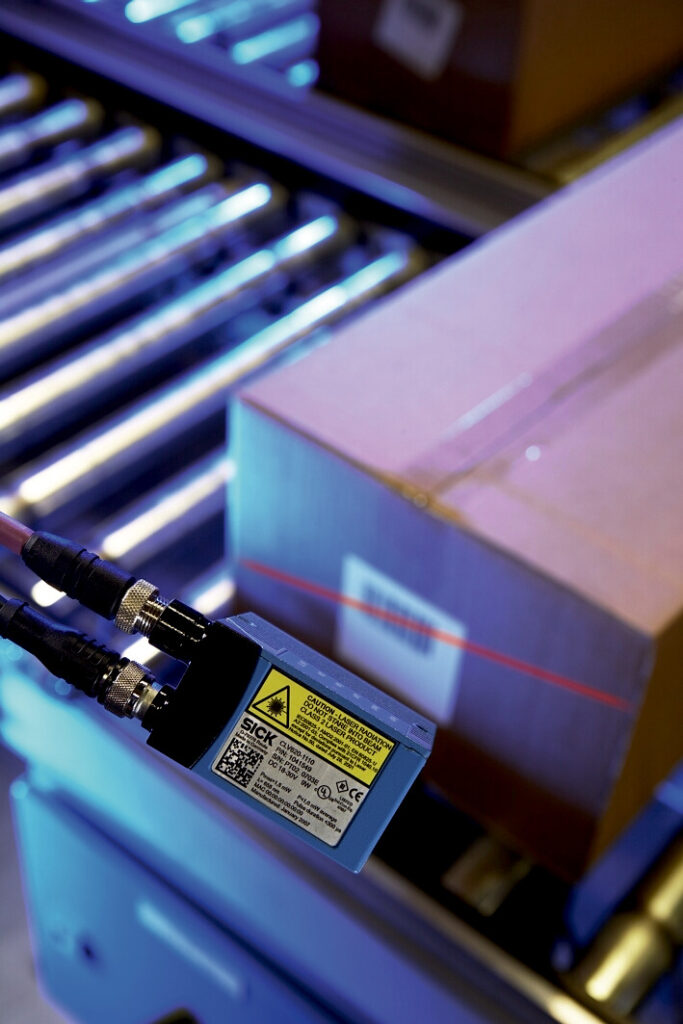
The CLV62x is designed to be easy to integrate into existing systems and can be used to easily track the movement of goods from the point of origin to destination. The data collected by the CLV62x can be used to create detailed reports and analytics, allowing companies to better understand their supply chain and make informed decisions.
Additionally, the CLV62x can help reduce the likelihood of human errors and improve the accuracy of data collection. By providing accurate and timely data, the CLV62x can help to improve the efficiency and traceability of logistics processes.
Barcode Reading Systems

The CLV Identification System identifies 1D codes on objects regardless of the object shape and code size. It enhances traceability for logistics processes by providing users with a comprehensive view of goods during receipt and dispatch of shipments.
After the items are unloaded, they are subjected to identification which manifests the transfer of risk for the subsequent process steps. Automated systems with permanently installed high-speed barcode scanners or image-based code readers are used for high-volume facilities. SICK provides a complete range of high-performance scanners for virtually all types of barcodes to reduce manual intervention to a minimum.
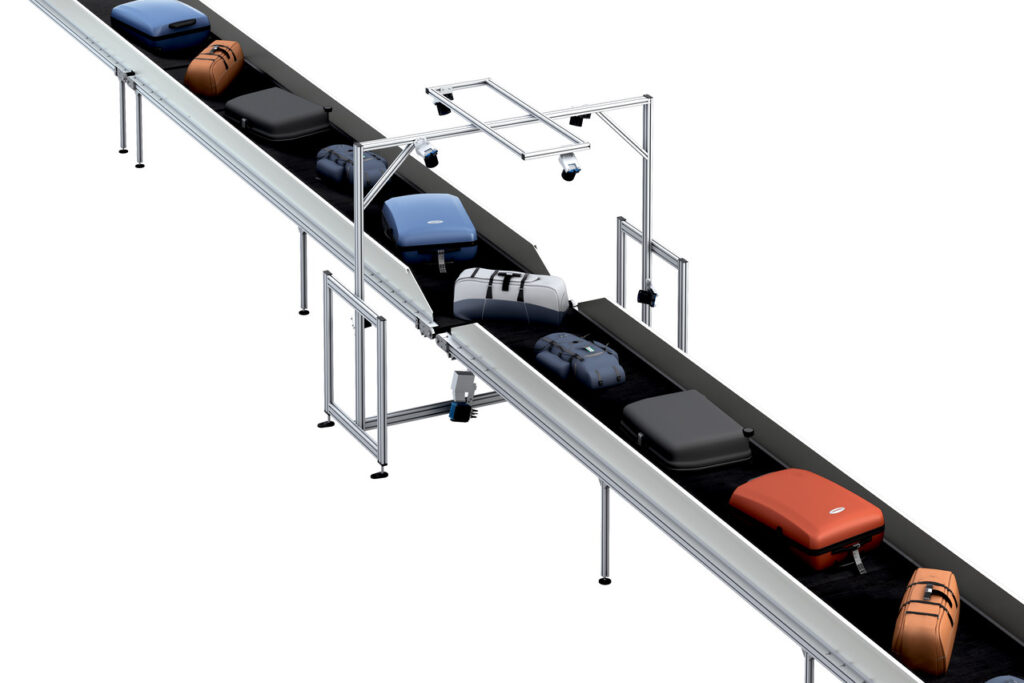
The CLV Identification System enables users to track product movements, locations, and inventory levels in real-time. This helps reduce manual processes and increases accuracy in tracing and tracking orders, shipments, and deliveries.
The system features high-performance laser scanners and a real-time auto-focus function with a high depth of field. Thanks to the integrated tracking function, the bar code that is read can be assigned to the correct object even at high conveyor speeds and with very small gaps between the objects.
The CLV System precisely detects and reads bar codes with a module width of just 0.17 mm or higher. Its reliable and consistent reading performance ensures an optimal object flow in all areas of logistics.
RFID Systems
SICK's RFH6xx series of RFID readers help to improve traceability for logistics processes. These readers allow for the reliable and accurate identification of goods and goods carriers in real-time, providing the information needed to accurately track and monitor the movement of goods and goods carriers in the supply chain.
The readers can read and store information from a wide range of barcodes, RFID tags, and other digital identification technologies, making them ideal for applications in a variety of industries and processes.
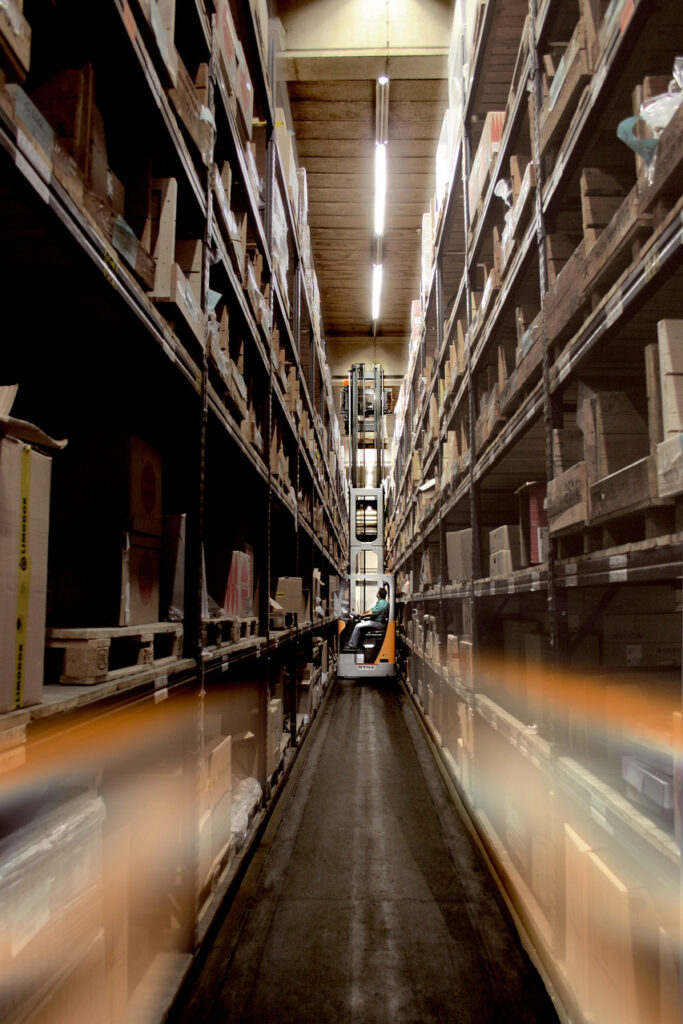
Furthermore, the readers can be integrated with existing systems to provide automated data collection and analysis, providing an efficient way of tracking the movement of goods. This helps ensure that goods are delivered in a timely manner and that any discrepancies in the supply chain can be quickly identified and addressed. By providing reliable and accurate tracking of goods and goods carriers, the RFH6xx series of RFID readers helps to improve traceability for logistics processes.
Vision Systems
SICK's Lector62x is a compact image-based code reader designed to improve the traceability of logistics processes. It boasts reliable detection of 1D, 2D, stacked codes, and plain text. Its high-performance DPM decoder can read even lasered or dot-peened codes perfectly – even in the case of low contrast levels, contamination, or poor code quality.
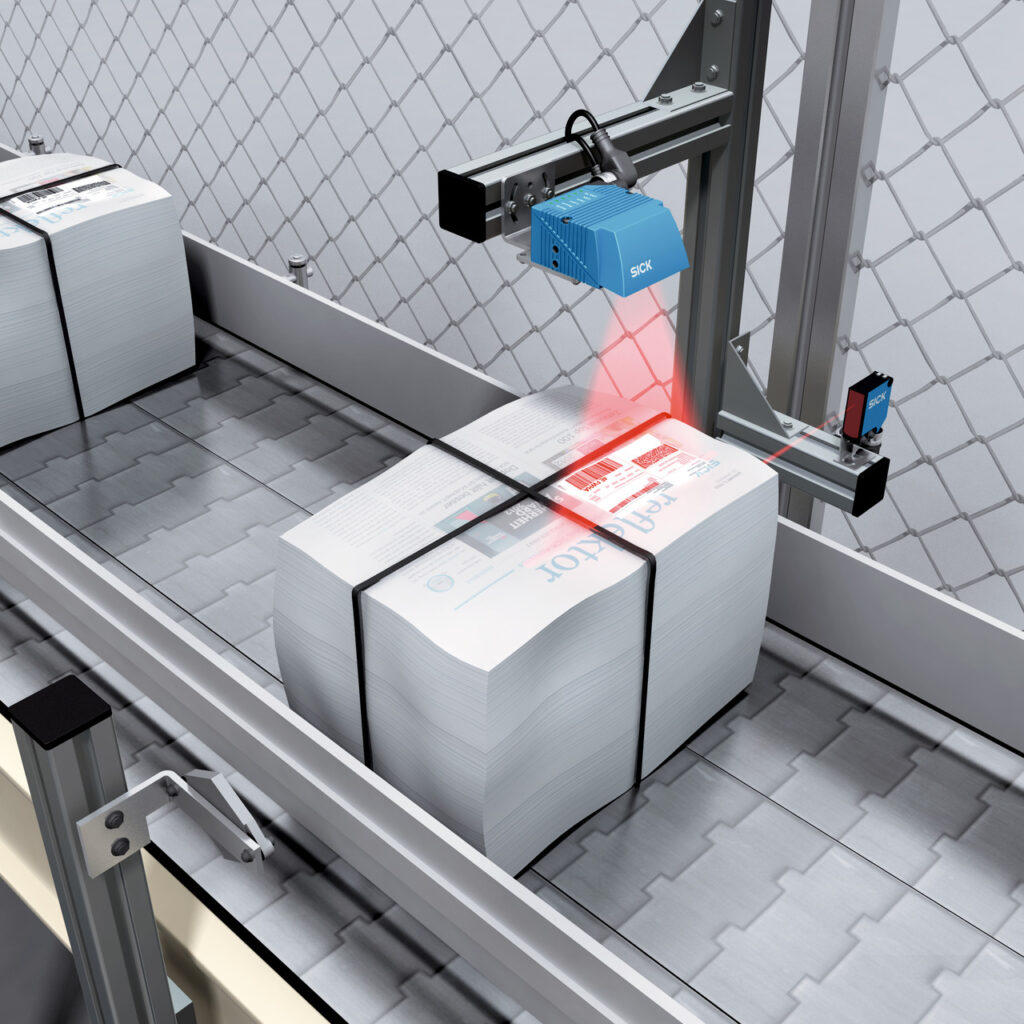
Thanks to the powerful illumination concept with bi-color LEDs, the Lector62x is particularly immune to ambient light. This ensures reliable code reading even in changing light conditions. It uses a combination of visible light and near-infrared imaging capabilities to scan and identify items with a high degree of accuracy. This ensures that goods are tracked and tracked accurately, making it easier to trace items throughout the supply chain.
With the Lector62x, logistics processes can be monitored and managed more effectively and efficiently, improving the speed and reliability of goods handling. The system is also capable of identifying multiple objects at once, increasing the overall efficiency of the process. This helps to reduce errors and speeds up the process of goods handling. The compact housing with swivel connector makes it the ideal code reader for production lines where space is tight.
SICK's Lector63x is a flexible image-based code reader that can be used to increase traceability for logistics processes. It provides real-time insights into material movements, item identification, and location tracking.
To ensure end-to-end traceability, every item of packaging must be labeled with an individual Data Matrix code. This label is also required for serialization of the individual packages. After the goods are added to the package, the Lector63x image-based code readers captures the coding during the packaging flow to verify its legibility by a machine and coded contents.

Advantages of Traceability in Manufacturing
Overall, track and trace systems and traceability in manufacturing and logistics are two distinct concepts that are essential to the success of any operation. While they are related, they are distinct in purpose and application. They both help to ensure product safety and quality, meet customer expectations, and comply with regulations. Sensors can be used to help with both track and trace and traceability, allowing companies to have complete visibility and control of goods.
Traceability in logistics, on the other hand, is the ability to track and trace products throughout the entire supply chain. It involves documenting the origin and movement of items from raw materials to the finished product, as well as tracking customer orders and transactions. Traceability provides a complete view of the supply chain, from procurement to distribution, which can be used to identify sources of errors and improve efficiency.



